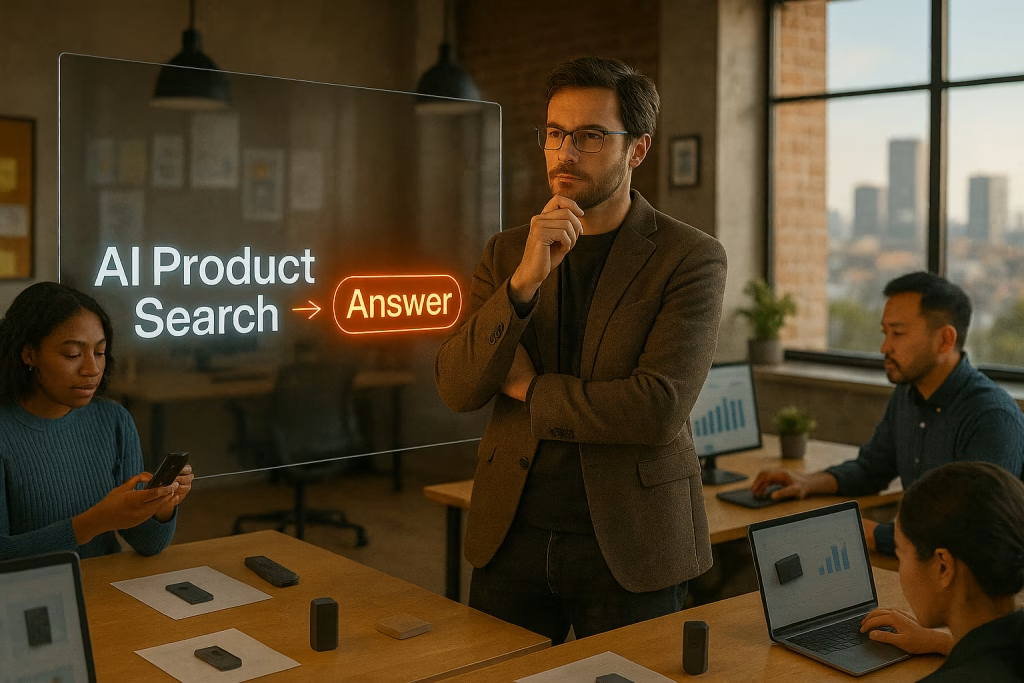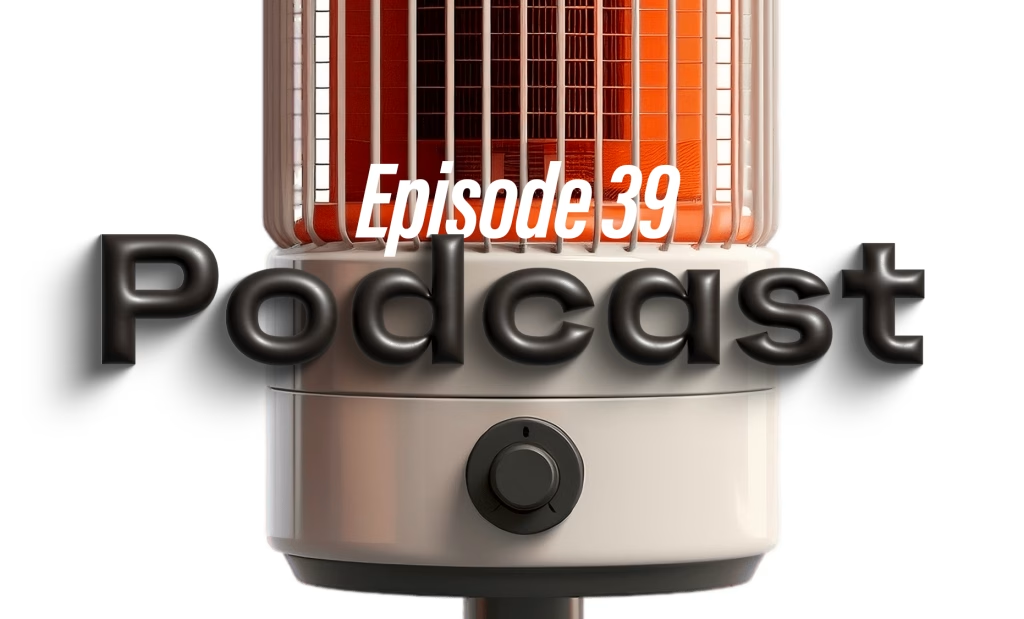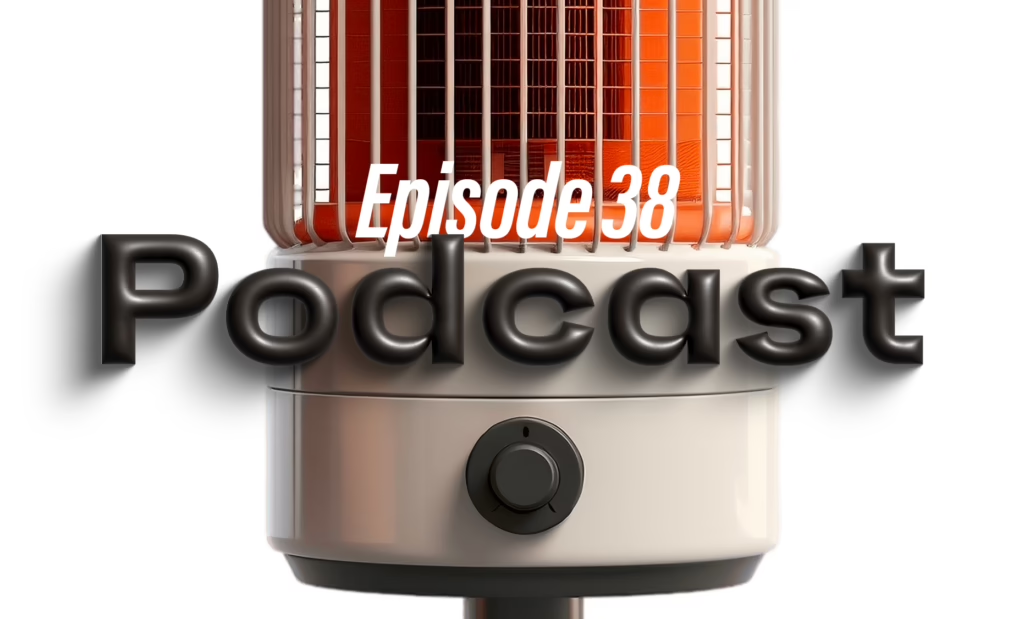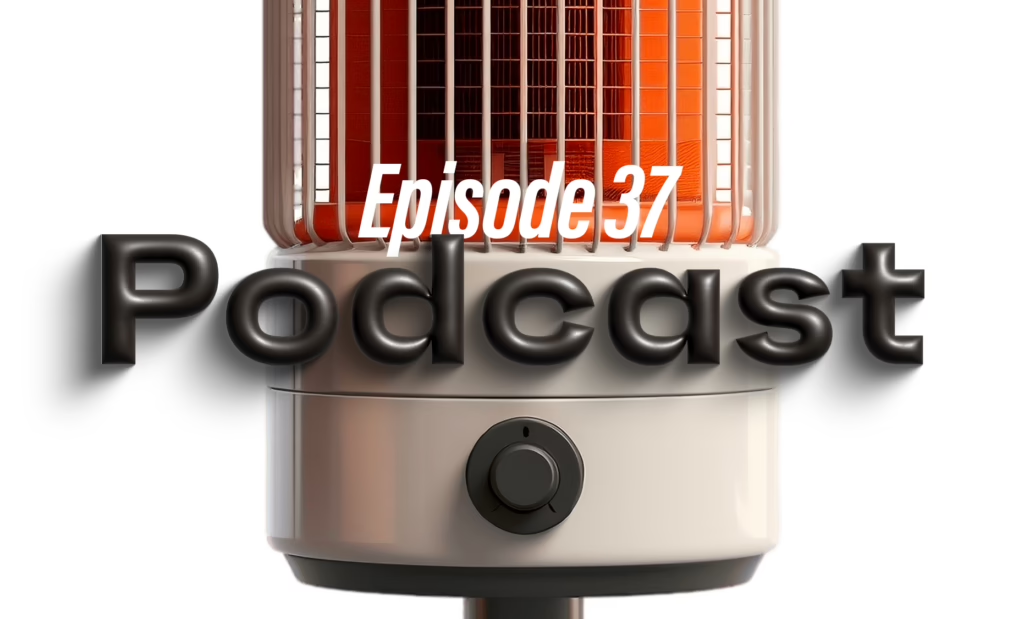With Laurier Mandin
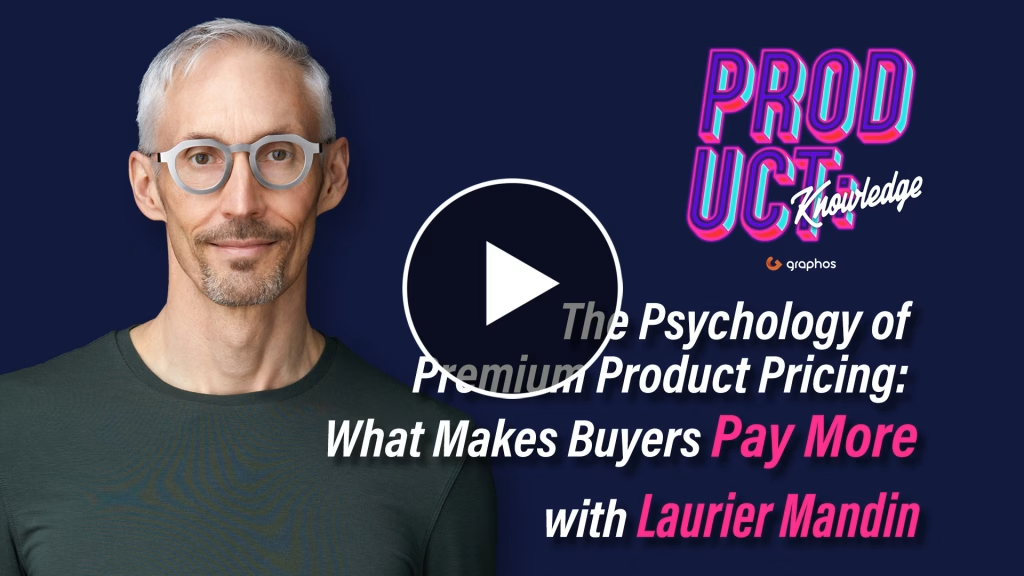
From Dyson’s visible engineering, to Bang & Olufsen’s design-driven luxury, to Montblanc’s identity-making pens, you’ll hear how different brands justify their price tags and change buyer behavior.
If you want to learn how to make buyers say YES to premium pricing, this episode is for you.
Episode Highlights
- [00:00:25] The Premium Buyer Paradox — why someone will drop $100K on a Range Rover but complain YOUR $50 service is “too expensive.”
- [00:01:59] Premium pricing isn’t decided, it’s earned. Louis Vuitton’s $1,500 handbags are backed by 171 years of brand-building, not just fonts and packaging.
- [00:02:55] The buyer’s price ceiling = desirability ÷ resources (money, time, effort, risk). Context changes everything.
- [00:03:57] The iPhone Affordability Index: 3 days of work in Luxembourg vs. 160 days in India for the same phone.
- [00:05:13] Dyson turned vacuums into engineering theater—visible performance made a $600 splurge at Costco irresistible, even to value shoppers.
- [00:06:34] Bang & Olufsen reframed speakers and TVs as design furniture, creating a luxury moat value shoppers won’t cross.
- [00:07:12] Montblanc pens transformed from writing tools to prestige markers—identity, not function, is what buyers pay for.
- [00:08:26] How to earn premium pricing: start with quality construction, offer an amazing warranty, deliver above-and-beyond service, nail packaging, and stay flawless in every detail.
- [00:09:22] Delight every customer and disappoint no one. That’s the only path to lasting premium status.
Buy “I Need That” and get Laurier Mandin’s daily Need Feed emails: LMandin.com
Episode Transcript:
Laurier Mandin: Hey, product people. If you’ve ever wondered why some buyers are willing to drop thousands on one product, and then scoff at paying a fraction of that for another, today’s episode is for you.
Welcome to Product: Knowledge, the podcast about creating and marketing products people truly need. I’m Laurier Mandin, president and lead consultant of Graphos Product.
Today let’s talk about what I call the Premium Buyer Paradox.
It’s the logic disconnect of the Range Rover driver who casually drops a hundred grand on a depreciating asset… but then complains that your fifty-dollar service is “too expensive.”
Or someone who adds a Louis Vuitton handbag worth fifteen hundred dollars to a closet full of similar splurges, but turns up her nose at paying eighty-five bucks for your product that’s objectively useful and beautifully handmade.
At first glance, it feels plain irrational. [pause] But if you look closer, it’s not. In fact, this is highly consistent buyer behavior.
Premium buyers almost never throw money around blindly. They spend it with surgical precision in the areas that deliver the biggest status signals to their peers. That’s what the Louis Vuitton bag is.
Yeah, it’s leather and stitching, and a lot of little Ls and Vs. And it’s a billboard of status. It says: I belong to a certain class. I move in certain circles. And the people THEY care about impressing instantly recognize it. They don’t have to say a word.
Now, if you’re building a product, it’s tempting to think you can just chase THAT kind of premium pricing. I hear this from clients all the time. “We want to brand it as a luxury item.”
And a lot of the time they don’t just WANT to charge a premium—they need to, because their margins demand it.
But here’s what you’ve gotta know: premium pricing isn’t something you DECIDE. It’s something you EARN.
Louis Vuitton didn’t get there by picking a nice typeface and hiring a good packaging designer. They got there by playing the long game. That pricey LV is a hundred and seventy-one years of brand-building, storytelling, and careful curation.
And here’s the hard reality for the rest of us. Your new product probably won’t carry that kind of instant prestige.
Unless you can get Kylie Jenner photographed using it—and maybe still—it won’t magically become a status symbol overnight.
What? Not even Kylie Jenner? Then what DOES it take?
Let’s look at how people actually think about price.
I wrote about this in my book I Need That: a very attractive product can still be killed by price. Everyone, EVERYONE has a ceiling.
And that ceiling depends on a ratio. Here it is:
relative desirability (the need, the want, and your differentiation)
divided by the resources (cost, time and effort) it takes from that buyer to get the product.
If desirability goes up, the ceiling rises.
If the perceived COST goes up, the ceiling DROPS.
And those resources aren’t only money. They’re time. Effort. Almost always risk.
The risk of failure.
The risk of embarrassment instead of glory.
And then here’s where it gets interesting. That ceiling is far from universal. It depends entirely on the buyer’s own context.
I recently explained this in one of my daily emails using the iPhone Affordability Index.
It’s like the Big Mac Index, but with a more expensive product that has a different cost around the world. It’s based on the iPhone 17 Pro, the current flagship model.
A worker in Luxembourg needs about three days’ wages to buy a new iPhone 17 Pro, working 8 hours a day for the average pay in Luxembourg. Three days, 24 hours of work, just to get that new phone.
Then over in India, same phone, but it’s a hundred and sixty days.
What? That’s more than half a year of working days, for the exact same phone some guy in Luxembourg or Switzerland grabbed in three days.
The global average is twenty-six days, and even in the U.S., it’s close to four.
So what does that tell us, aside from that we have really messed up priorities?
First, desirability is only half the story.
Resources matter just as much. And second, context—where you live, what you earn—sets the ceiling.
How many ordinary people in India are going to be sporting iPhone 17 Pros? Not a lot. They might need it as much as someone in Luxembourg, but it’s way, way, WAY above their ceiling. No matter how you brand it.
Now, let’s look at a few other brands that have reshaped their entire categories to justify premium pricing.
Think about Dyson. James Dyson set out to build a better vacuum, and he did that. But he did something even more valuable. He completely rewired how people think about vacuums. Nobody else had ever made a clear bin that showed dust spinning inside. That was built-in marketing. It let you see the vortex in there. He made you feel the pain of how other vacuums lost suction. The one thing that ought to suck, and all the others did it worse and worse as you used them. The Dyson promised not to. Crystal clear advantage. Suddenly, a boring utility became a six-hundred-dollar splurge at Costco.
And here’s the kicker: even value shoppers, the ones who’d normally grab the cheapest Hoover, will stretch for Dyson. Because the performance is visible, tangible, clearly stated and undeniably superior.
Bang & Olufsen plays a very different game. They don’t compete on sound quality. Their speakers and TVs are sculptural. They’re art pieces. You don’t tuck them away in the corner—because you want guests to see them.
Owning B&O says you know and care as much about design as you do about sound. They reframed audio gear as furniture for the eyes. And that creates a big moat: value shoppers DO NOT cross into this world. It’s luxury territory, reserved for people who want to be seen as curators of beauty.
And then there’s Montblanc. A Bic pen is fifty cents. A Montblanc is hundreds. What’s the difference between these two products that do the exact same thing?
EVERYTHING. Materials, weight, craftsmanship. You feel it in your hand. But more importantly, you feel it in the room. Pulling out a Montblanc in a meeting is like pulling up in a Mercedes. It says something about who you are, instantly. That’s the paradigm shift—they turned a commodity into an identity marker. And this is where value shoppers will never follow. Montblanc doesn’t solve a functional problem. It solves a prestige problem.
So, Dyson shows us how performance can stretch even the cautious buyer into premium territory.
Bang & Olufsen shows how design can create a new category altogether.
And Montblanc shows how even a pen can become a luxury symbol when it connects to identity.
Now if you’re making a product from scratch, what does it take to build your own case for premium pricing?
Start with quality construction. Nothing kills a premium dream faster than cutting corners.
Next, offer an unbelievably great warranty. A premium brand stands behind its work, and a strong guarantee tells buyers you know your quality will hold up.
Then you want to deliver above-and-beyond customer service—the kind that makes people say, “Wow, I can’t believe they care that much.”
Packaging matters too. It’s the very first physical interaction your customer has with your product, and it sets the tone for everything else.
And finally, be consistent. Real status brands know they can’t show cracks in the armor. They deliver excellence everywhere. In every little detail, every single time.
Most of all, set out to delight each individual customer and disappoint no one. That’s how reputations are made at the premium level.
Build a product so good that if Kylie Jenner DID flaunt it, it would look right at home. And if she doesn’t—and let’s be honest, she almost certainly won’t—it’s still so good that others will be happy to.
That’s how you earn premium pricing. Never by chasing shortcuts, or slapping a hard-to-say name on a commodity.
But by building something amazing, backing it with extraordinary service, and being prepared to stay consistent until the market itself starts to recognize your product as a status symbol.
That’s the long game.
And if you want to play at the premium level, the long game REALLY is the only game.
That’s it for this solo episode of Product: Knowledge. If you’d like to go deeper on the Premium Buyer Paradox, I write about this and more in my book I Need That: Creating and Marketing Products People Are Compelled to Buy.
You can find it at LMandin.com, where you can also subscribe to my daily emails.
And of course, visit graphosproduct.com for all past episodes with transcripts, plus tons of insights on how to create products people truly need.
Thanks for listening. I’m Laurier Mandin.
